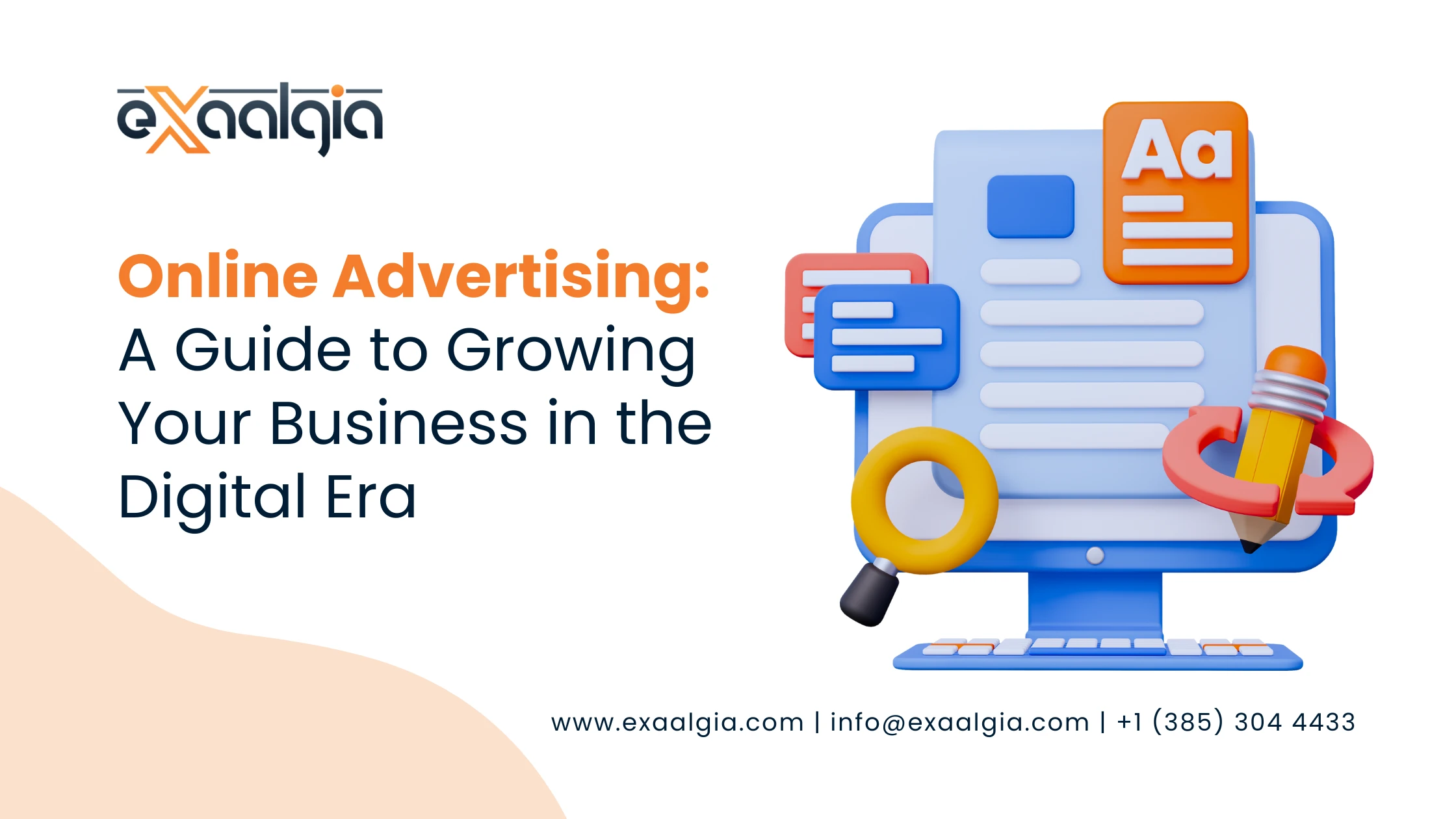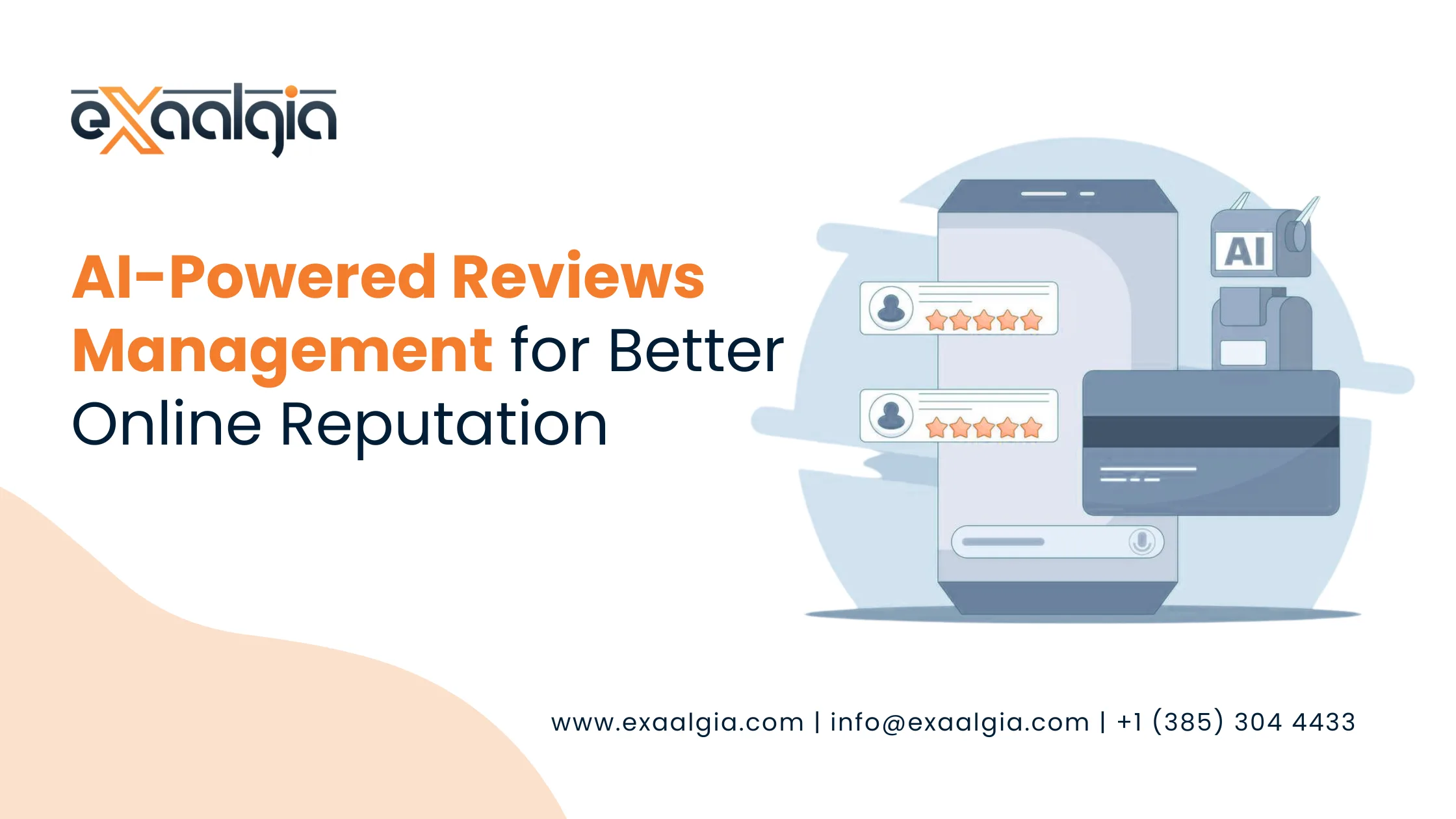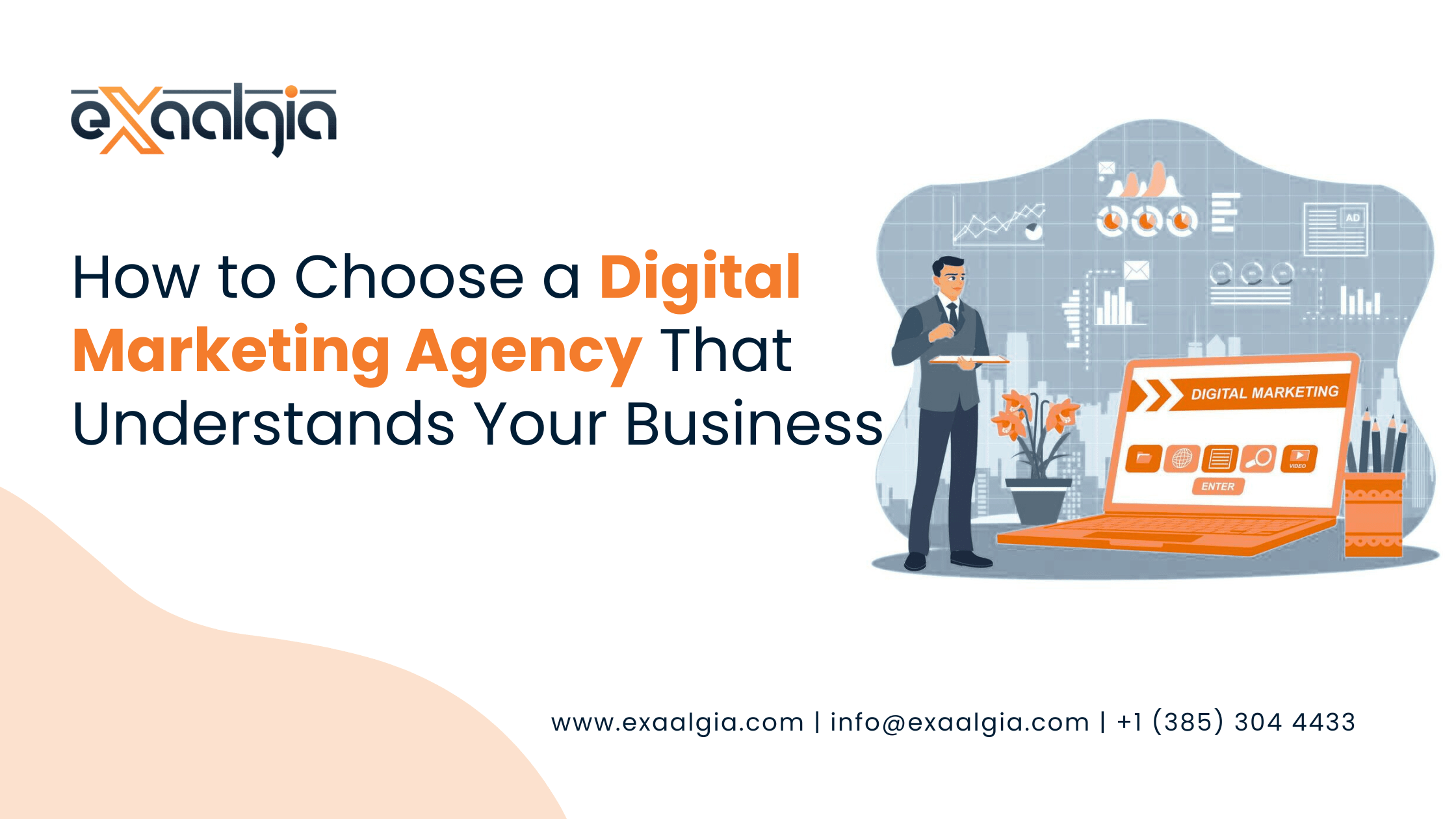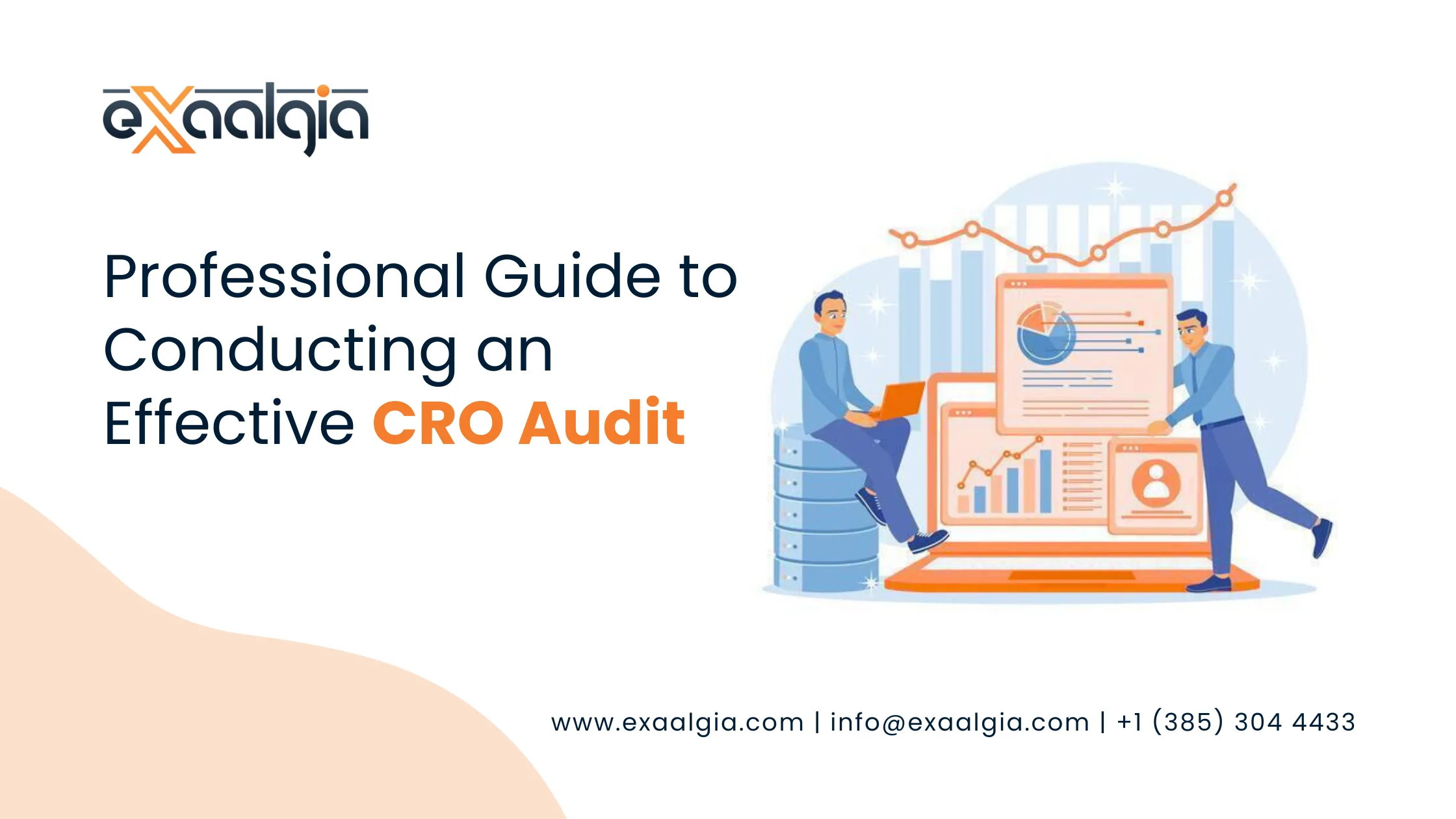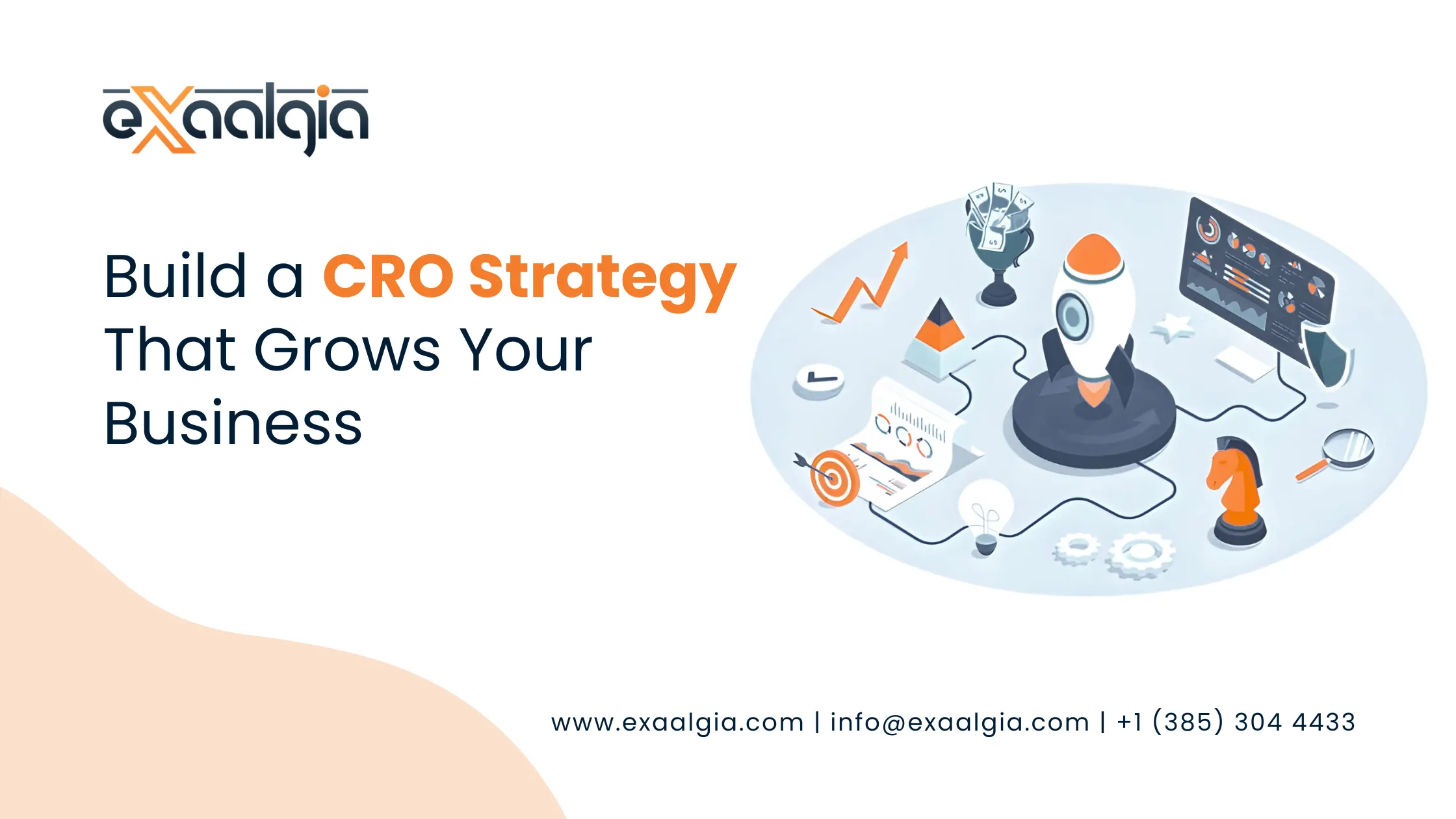Online advertising is here by which the connection between your business and the preferred customers at the right place and time becomes a vibrant, data-driven, and extremely measurable manner.
The understanding of online advertising is, however, a foundation for every startup’s owner, marketer, or brand strategist to be competitive. We will explore in this guide the realm of online advertising, its benefits, types, strategies, tools, and the future that is shaping it.
What is Online Advertising?
Online advertising is often referred to as digital advertising and it is, in fact, the same thing as promoting items, services, or brands through internet based platforms. It’s the employing of digital channels, which includes search engines, social media, websites, and apps, to contact and influence potential buyers.
The revolution of online advertising is, however, in the direct targeting of messages to users by online advertising depending on their interests, behavior, and location. Rather than spending money on reaching everybody (just like in TV or print ads), you only invest in the audience that really matters to your business.
A fitness brand for instance could display ads to individuals who had recently searched for “home workout equipment” or were following gym accounts on Instagram. This incredibly precise targeting results in a higher conversion rate and guarantees that every advertising dollar spent was effective.
Why Online Advertising is So Important Nowadays
Online advertising has turned from being an option to a necessity that every brand must face if they want their names to be on the brands’ list. Users who are on the Internet by the billions each day are the ones who have already become your potential customers. All you have to do is employ a proper strategy to reach them.
The following are the reasons why online advertising is listed among the most important aspects of marketing today:
1. Huge Reach Across the Globe
Net based ads offer the opportunity for a company to cater to the whole world’s different markets. It does not matter if your business is a small local coffeehouse or a big global eCommerce store, you can still get the right audience in a wide measure. The use of tools like Google Ads and Meta (Facebook + Instagram) allows one to zone in on a specific customer base from the entire spectrum of people’s age and within the various geographical regions.
2. Cost-Effective and Flexible
Digital ads are much cheaper than traditional media like TV or print. One has the option of starting small, experimenting with the campaigns, and expanding if the response is positive. The possibility for controlling budgets and pausing ads that are not performing is what makes it a perfect fit for small enterprises.
3. Real-Time performance tracking
Measurability is the most significant benefit of marketing through digital channels. You can know how many people saw your ad, how many clicked on it, how many people carried out the intended action, and how much money you made out of it right away. When using a billboard, one would need to guess who the audience was on the other hand with online ads you are able to collect data that will help you to make smarter choices.
4. Super Targeting
Google Ads and Facebook Ads Manager are two examples of tools that will allow you to select your audience based on a variety of parameters such as age, gender, hobbies, location, type of device, and even likelihood to buy. This is done so that your message goes out to the people who are most likely to get converted.
5. Establishes Brand Awareness and Confidence
Online promotion does not limit itself only to sales, it also increases the company’s visibility and reliability. If the users happen to see your brand not only on one but on different platforms over and over again, they will start to recognize it and trust it. Online consistency results in recognition which in the end leads to conversions.
Explanation of the Main Types of Online Advertising
Online advertising is not a one size fits all method. There are different kinds of ads which can be matched with different aims, whether you want to increase awareness, obtain leads, or make sales.
Let’s analyze each major one in detail:
1. Search Engine Advertising (PPC)
Search engine advertising which is also known as pay-per-click (PPC) advertising is one of the most powerful and effective forms of online marketing.
Every time when users search for a keyword (e.g. “the best SEO company in the USA“), the sponsored ads will show up at the very start of the search results. Companies place their bids for those keywords and they will only be charged when someone clicks on the ad, this is the reason why it is called pay-per-click.
Reason for Success:
PPC is aimed at users who are already interested in the subject. If a person is looking for your product then probablyhe/she is prepared to buy.
Famous Platforms:
- Google Ads
- Microsoft (Bing) Ads
Example:
A real estate firm can place a bid on “homes for sale in Dallas,” thereby making sure that its advertisement pops up whenever the buyers looking for it search that term.
2. Display Advertising
Display advertising is a type of advertising that utilizes various visual elements including pictures, banners, or videos that are displayed on websites or mobile applications. These ads are aimed at capturing people’s attention and raising the visibility of the brand.
Generally, they are used for brand recognition instead of direct sales. Display ads are made accessible through networks such as the Google Display Network which has a reach of more than 90% of the internet population globally.
Pro Tip:
It is essential to utilize premium visuals and very effective calls to action (CTAs). Marry eye catching design with persuasive text to get attention in a matter of seconds.
3. Social Media Advertising
The social media scene has billions of users, which makes it a treasure for advertisers. Facebook, Instagram, LinkedIn, TikTok, and Twitter (X) are some of the platforms that provide very precise ad options that correspond to the preferences and behaviors of the user.
Social media ads can do anything from photo ads, story reels, video promotions to lead generation campaigns, they can build awareness, drive engagement, or directly sell products.
Example:
A fashion label can take advantage of Instagram carousel ads to display new collections, allowing users to look around and make a purchase without leaving the app.
Why it works:
Social media advertising is the combination of personalization, visual storytelling, and real-time engagement which is a perfect recipe for conversions.
4. Video Advertising
The ultimate ruler of engagement is video. It mingles visual images, sound, and narratives for the creation of emotional bonds.
The use of video ads is recommended on sites such as YouTube, TikTok, and Facebook Watch. The segmentation of the audience can be done based on the history of their viewing, geographical location, or interests.
Illustration:
A SaaS company could run a 20-second YouTube pre-roll ad that demonstrates how its software helps people to be more productive by saving them time.
Tip from the Experts:
The duration of video ads should not exceed 30 seconds, be directed towards one goal only, and your call to action should be made before the expiry of the video.
5. Native Advertising
Native advertising is a method used for advertising that merges smoothly with the surrounding content. Ads of this type are displayed as “recommended articles” or “sponsored content” on news sites.
Since they are in line with the tone and format prescribed by the platform, they do not come across as the traditional type of ads thus making it more likely for users to interact with them.
Illustration:
The skincare company may pay for a “10 Tips for Glowing Skin” article on a lifestyle website, thereby indirectly marketing its products through the content.
The Best Platforms:
Outbrain
Taboola
Nativo
6. Influencer Advertising
Influencer marketing promotes products through the trustworthiness and audience of social media creators. Not doing the talking for themselves, brands let influencers communicate through real experiences that are more genuine than the traditional advertising.
Example:
A travel agency collaborating with a travel vlogger to highlight different places.
Why it works:
People have more faith in influencers than in regular advertisements, moreover, they connect with them on a personal level.
How Online Advertising Works Step-by-Step Overview
At the foundation of every successful campaign, there is a strong basis. Let’s take a look at the stages that comprise a great online advertising campaign:
Step 1: Make Clear Goals
Aims should be the starting point. Are you aiming to get more traffic, generate leads, or boost sales? Stating your goal guides your ad format, text, and money matters.
Step 2: Determine Your Ideal Audience
Analytics and market research are two of the ways that you can find out about your audience’s age, location, interests, and problems. The more you target a niche, the less costlier for you will be the conversion rate.
Step 3: Pick the Right Platform
Every platform has its own purpose:
- Google Ads = search intent
- Instagram = visual storytelling
- LinkedIn = B2B lead generation
Step 4: Produce Attractive Ad Content
Your ad writing and images need to either solve a problem or show a benefit. Make it simple, relevant, and attractive to the emotions.
Step 5: Budget and Bidding
Choose your daily or monthly budget. Based on your goal, pick a bidding model (CPC, CPM, or CPA).
Step 6: Start, Watch, and Optimize
As soon as it is live, keep an eye on your campaign metrics, click through rate (CTR), conversions, and cost per lead. Regularly optimize your ads to keep their performance up.
Want Better Results from Your Ads? Here’s What Actually Works.
Online advertising is like a combination of a creative mind and a master strategist. If you want to be one of those few who are noticed, just apply these best practices:
Develop a Powerful CTA:
The action must be encouraged by every advertisement, such as “Buy Now,” “Sign Up,” or “Get Started.”
A/B Testing:
Try and see what works best by testing differences in headlines, pictures, and CTAs.
Make Ads Mobile-Friendly:
Mobile devices account for more than 70% of the traffic. So, your ads should be quick to load and be visually appealing on small screens.
Retarget Users Who Are Interested:
Start remarketing campaigns to bring back visitors who left the site without making a purchase.
Use Analytics:
Google Analytics, Meta Ads Manager, and SEMrush are some of the platforms that give you detailed data for refining your campaigns.
Match Ads and Landing Pages:
There should be a connection between the advertisement and the landing page, consistency increases the chances of conversion.
Major Challenges in Online Advertising
Even the most experienced marketers sometimes do things that will negatively affect the performance of their ads. Don’t fall into these common traps:
- Targeting an audience that is too wide
- Not taking into account ad frequency (overexposure may cause fatigue)
- Using low quality images or generic copy
- Not keeping track of conversions
- Concentrating on clicks rather than results
Keep in mind that the combination of excellent targeting and creative storytelling is still more important than just having a large budget.
What’s Next for Online Advertising? The Future Looks Exciting!
Online advertising is changing its character very fast due to the introduction of AI, automation, and marketing strategies that prioritize privacy.
AI and Machine Learning
AI enables advertisers to do a lot with user data such as analyzing, predicting, and finally automating the bidding strategies. Companies such as Google with its smart bidding and meta advantage+ completely rely on AI for the automatic optimization of their campaigns.
Privacy and Data Ethics
Advertisers are now bound to use only first party data and to get user consent during the process because of growing privacy regulations. Transparency helps to create trust and brand loyalty over the long term.
Immersive and Interactive Ads
The use of AR and 3D Ads are the major factors that have influenced the consumer’s interaction with brands.
Online Advertising is the New Growth Engine
It is the online advertising that brings the creative and technological aspects together, thus enabling modern businesses to grow and at the same time, to reach, engage and convert their audiences like never before.
Even if your business is local or you are a global brand’s manager, applying online ads that are smart and based on data can increase your visibility and sales.
The digital world is fast moving, your strategy should be the same. Learning should be continuous, testing should be done regularly, and evolution should be the norm. Eventually, the brands that employ smart advertising will always be ahead.
FAQs About Online Advertising
1. What is the main purpose of online advertising?
The main purpose of online advertising is to promote products or services and connect the businesses with the targeted audiences, which will result in better visibility, leads, and sales.
2. Which platform is best for online advertising?
That really depends on your objectives. For instance, utilize Google Ads for search intent, Facebook/Instagram for brand engagement, and LinkedIn for B2B marketing.
3. How much does online advertising cost?
First, you can set up a budget of just $5 per day. The cost will vary according to your niche, location, and competition.
4. Can small businesses benefit from online advertising?
Yes, indeed. Through online advertising, small businesses can make use of budget friendly and targeted strategies to be seen and heard alongside big brands.
5. What are the future trends in online advertising?
In the future, online advertising will be characterized by AI automation, influencer collaborations, and privacy first targeting.

